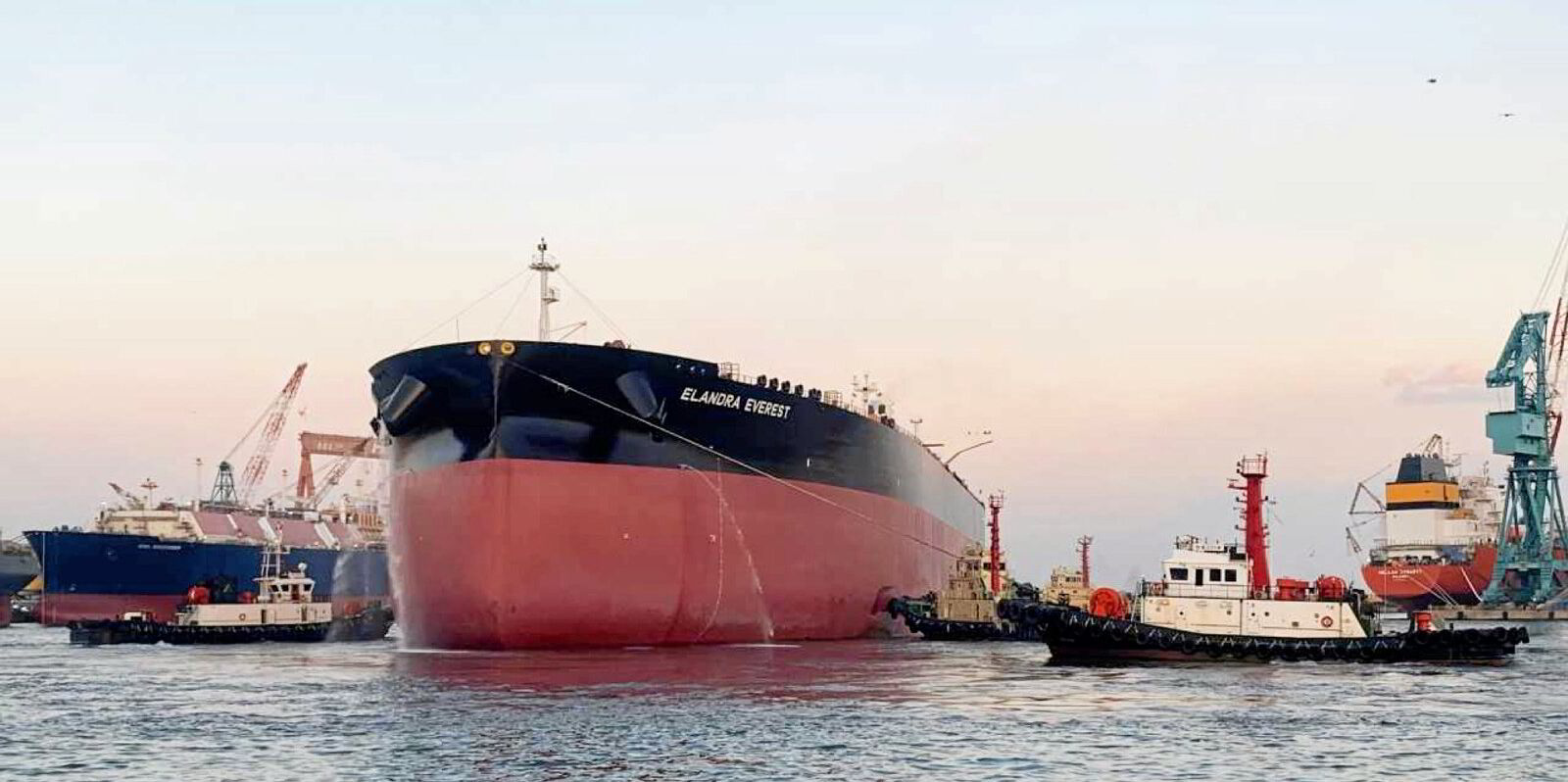The oil market is headed for contango, BRS Shipbrokers said, but probably not enough to kick off a floating storage boom for tankers.
The broker said oil price weakness raised the prospect that future prices could rise above prompt prices in the coming months, which is typically supportive of tanker rates for the first time since the Covid-19 pandemic.
Back then, cratering oil demand and a price war between Saudi Arabia and Russia helped tanker rates skyrocket as VLCCs were fixed for floating storage duty.
BRS said in its weekly note: “The oversupplied nature of the global oil balance in 2025 implies that [contango] is looming large and thus provides something for tanker owners to look forward to.
“However, although contango should eventually offer some support to tanker markets, it should not be narrow enough to support a for-profit storage play.”
On Tuesday, the West Texas Intermediate was priced at $71.39 per barrel and Brent crude at $74.86 per barrel, both up in recent weeks, but at lower levels than the rest of the year.
BRS said the price weakness was due to concerns about Chinese demand growth and fears of a recession in the US manufacturing sector compounded by less price elasticity for oil.
But if prices get low enough, BRS expects oil demand to be stimulated.
“Considering that the market has been in steady backwardation … for nearly four years, contango is required over the longer term for energy security reasons,” the broker said, adding that it would prompt major oil consumers to rebuild inventories.
This would lead to ships slowing down as the price of oil would appreciate during delivery and lower effective fleet supply.
That impact, however, would be felt less as ships have already slowed down to cope with the International Maritime Organization’s Carbon Intensity Indicator rules.
The real positive effects, BRS said, could come from those growing inventories.
The 2020 contango and subsequent floating storage rush pushed the Baltic Exchange’s VLCC time-charter equivalent to its highest-ever levels.
It said rates rallied from just $28,245 per day on 9 March to $258,700 per day four days later before topping out at $246,072 per day on 16 March.
The assessment stayed in the six-figure range until late April.
As it stands, the time-charter equivalent assessment fell $591 to $38,114 per day on Monday, its second straight day of declining after steadily rising through the month.





